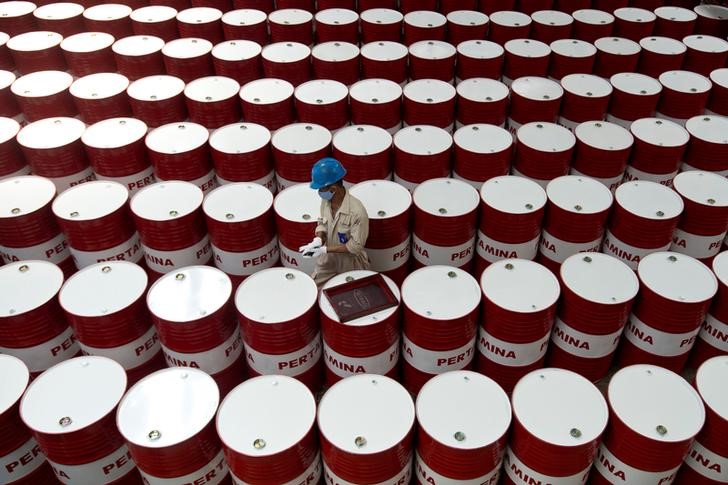Investing.com — Oil prices stabilized Monday as traders monitored the impact of a possible hurricane off the U.S. Gulf Coast and gauged the market’s reaction to last week’s nonfarm payrolls report.
At 10:14 ET (14:14 GMT), the contract was up 0.3% at $71.28 per barrel, while futures (WTI) rose 0.4% to $68.05 per barrel. Brent was down 10% on Friday, close to its lowest level since December 2021, while WTI fell to its lowest level since June 2023, according to Reuters.
The US National Hurricane Center said this weekend that a weather system in the Gulf of Mexico is expected to transform into a hurricane before hitting the northwestern US Gulf Coast – a crucial region for US refining capacity.
Analysts pointed to recent supply disruptions in major oil producer Libya as another trend boosting prices, Reuters reported.
Elsewhere, the increased potential of upcoming Federal Reserve rate cuts after a softer-than-expected employment report in August helped support crude, although uncertainty remains over the size and pace of cuts. In theory, a drop in borrowing costs could stimulate economic activity and spur a rise in oil demand.
Meanwhile, executives from global commodity traders Gunvor and Trafigura told the Asia Pacific Petroleum Conference in Singapore that oil prices could hover between $60 and $70, partly due to continued tepid demand from top oil importer China.
Analysts at ING say concerns around China are likely to lead to discussions at the conference about ‘what options’ [the OPEC+ oil group] should try to stabilize the market.” Last week, OPEC+ announced it had agreed to postpone a planned production increase for October by two months in an effort to keep falling oil prices stable.
“Although the OPEC+ cuts will make the market somewhat tighter for the rest of this year, this is not a solution for the surplus expected next year,” the ING analysts said.
Reuters contributed to this report.


